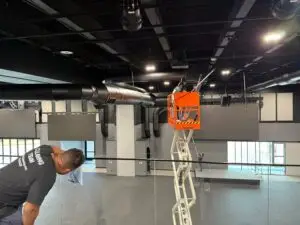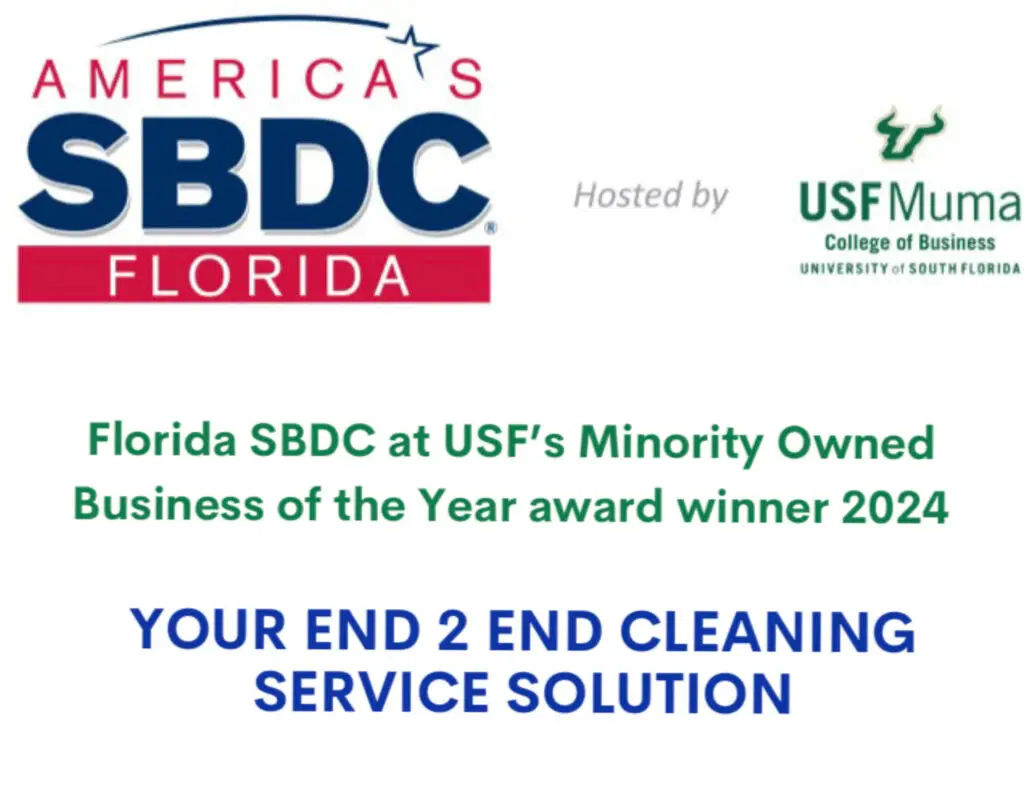This guide talks about how targeted cleaning practices can cut energy costs and help the general operational efficiency.
When it comes to expenses, lots of restaurant owners concentrate on optimizing workflows in the kitchen, sourcing good ingredients as cheap as possible and decreasing waste, however, there is one significant energy efficiency factor that sadly is not being focused on often enough – cleanliness. It is a profound and measurable fact that strategic cleaning practices are connected to lowering energy costs.
Both restaurant kitchens and windows can be deep cleaned and cared for in a way which saves a great deal of money and prolongs the life of infrastructure.
The Energy Impact of Dirty Kitchen Equipment
Having greases and grimes accumulation on kitchen appliances cuts their efficiency since they become harder to use as they consume more energy. An example of this would be a layer of grease on a stove burner, which absorbs heat from the stove instead of efficient transfer to cookware, increasing use of gas or electricity. Clogged coils in refrigeration units require the units to work harder to maintain the optimal temperatures, which leads to the excessive energy consumption and potential overheating.
Research indicates that kitchen appliances that have been maintained well can consume up to 30 percent less energy than the ones which have not. The draining energy compounds when several appliances function inefficiently resulting to increased utility bills. One of the most cost effective ways to increase energy efficiency in a restaurant is to address this issue through a structured cleaning regimen.
Kitchen Deep Cleaning: Beyond Health Regulations
Even though health and safety regulations require frequent cleaning, there is more than mandatory compliance to gain. Deep cleaning can be targeted on key areas and such can have a significant impact on energy consumption:
- Exhaust Systems: Clogged in ventilation hoods causing HVAC systems to work harder, hence increasing energy use.
- Refrigeration Coils: Dust and grease accumulation on coils decreases the cooling efficiency and increases electricity bills.
- Burners and Ovens: Grease buildup prevents heat transfer and thus requires more fuel or electricity to achieve the desired temperature.
In this way, a structured deep cleaning schedule makes sure that these elements are always at its peak operating condition. Experts in the industry advise professional deep cleaning on at least a three to six month basis, depending on usage depth. Professional cleaning services are an investment with a significantly short return on investment (ROI) due to reduction in energy costs and extension of service life of equipment.
Window Cleaning: The Natural Light and Insulation Factor
Properly maintained, windows are a passive energy saving tool. Windows that are dirty block natural light and therefore require artificial light, which in turn increases electricity costs. The more regularly cleaned it is, the more light that can penetrate through the windows, thus reducing the need for overhead lighting during the day.
Well maintained windows also helps in insulation. With time, grime and contaminants can deteriorate window seals thereby permitting draft which makes HVAC system compensate for temperature changes. Clean and well sealed windows can improve energy efficiency from 10% to 15% and that means window maintenance is an integral part of cost effective operations.

Floor Maintenance and Its Surprising Energy Benefits
Besides aesthetics, flooring in a restaurant is essential to energy efficiency. Maintaining floors at proper level gives better insulation, controlling the temperature indoors and loosening the strain on heating and cooling systems.
There are key benefits of commercial floor maintenance:
- Clean floors improve the direct flow of clean air. They reduce dust and debris that can clog air vents and filters, and ensure greater HVAC efficiency.
- Floor coatings and finishes that help maintain indoor temperatures also reduce HVAC workload.
- Floor contaminants can increase ambient temperatures and reduce the performance of commercial refrigeration equipment, which in turn reduces equipment load.
Restaurants can achieve optimum energy efficiency while maintaining a safe and hygienic environment through routine floor maintenance.
Creating an Energy-Efficient Cleaning Schedule
A structured cleaning schedule should be defined in order to keep a place properly maintained, create positive first impressions and reduce long-term expenses.
- Daily: Cooking surfaces should be wiped down, floors cleaned, and refrigeration coils should be free of immediate debris.
- Weekly: Perform deep appliance cleaning, wash windows, and screen HVAC filters for dust once a week.
- Quarterly: Thoroughly clean the exhaust system and deep clean flooring, checking for window seals that might be leaking.
Staff training is equally crucial. By educating employees on energy-conscious cleaning techniques, there are ongoing cost savings that are reduced over time.
Measuring the Results: How to Track Energy Savings
Track your energy savings by establishing baselines and analyzing utility costs over time. Key strategies include:
- Utility Bill Analysis: Compare past and present energy bills to see how much cost reductions can be realized from a change in tactics through strategic cleaning.
- Energy Monitoring Tools: Smart meters and energy tracking software are used to monitor the real time electricity consumption trends.
- Seasonal Adjustments: Learn to adapt to weather and seasonal demand by adjusting cleaning to match.
Restaurant owners can use the regular analysis of these data points to better fine tune their cleaning strategies for maximum energy efficiency.
Take advantage of our strategic cleaning for energy efficiency. Click Here
Conclusion: The Triple Bottom Line of Strategic Cleaning
Beyond being a cost cutting measure, strategic cleaning is a comprehensive benefit to the financial, environmental and operational domains.
- Financial Benefits: Lower energy bills, extended equipment lifespan, and reduced maintenance costs.
- Environmental Benefits: Lower carbon footprint through reduced energy consumption.
- Operational Benefits: Improved customer experience, regulatory compliance, and enhanced workplace hygiene.
Strategic cleaning practices can also create an opportunity for restaurant owners to invest in becoming more sustainable and also more profitable and efficient. By incorporating cleanliness as a basic part of energy management, restaurants can unloosen far away savings, while curiously building a more resilient business model.









